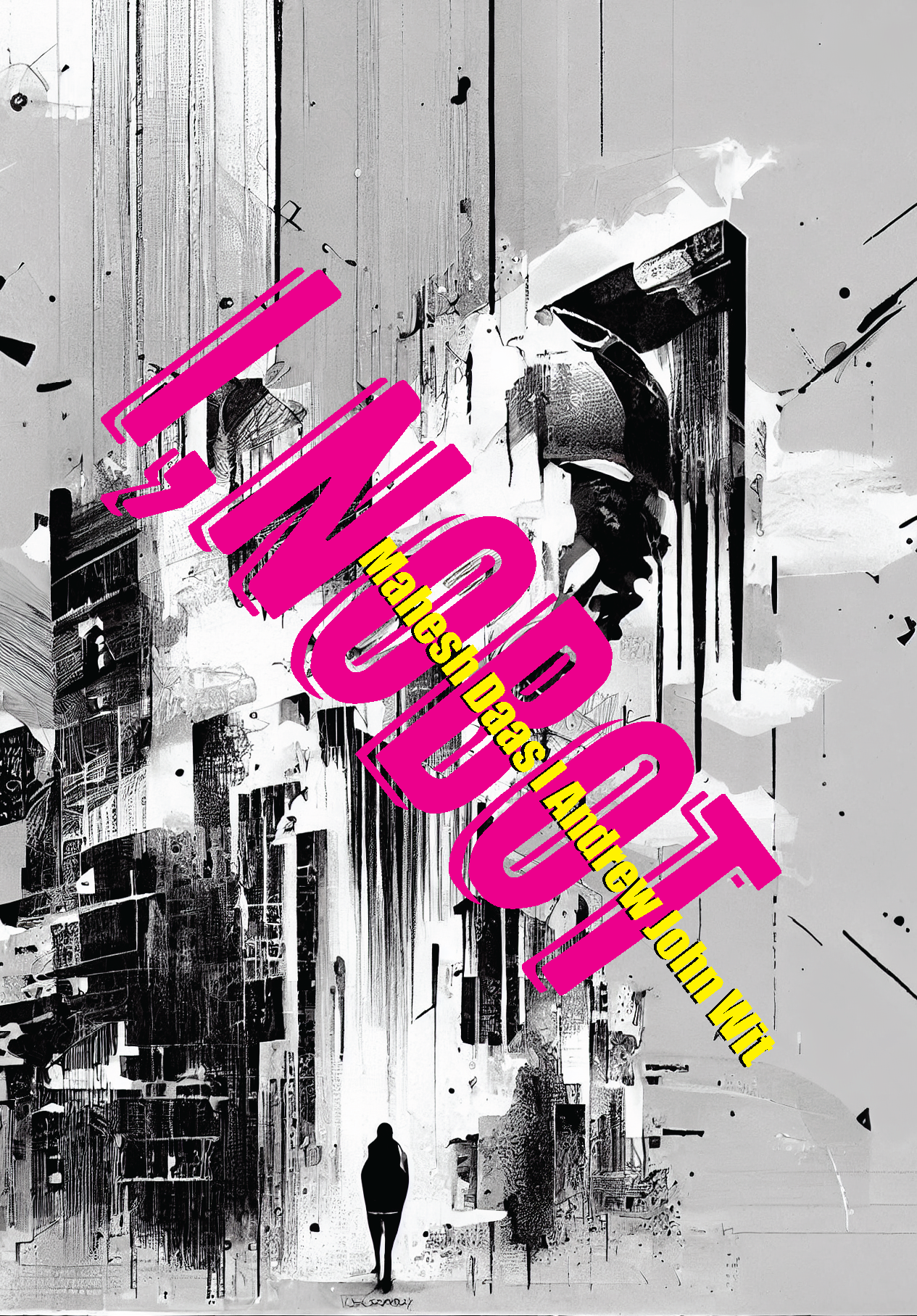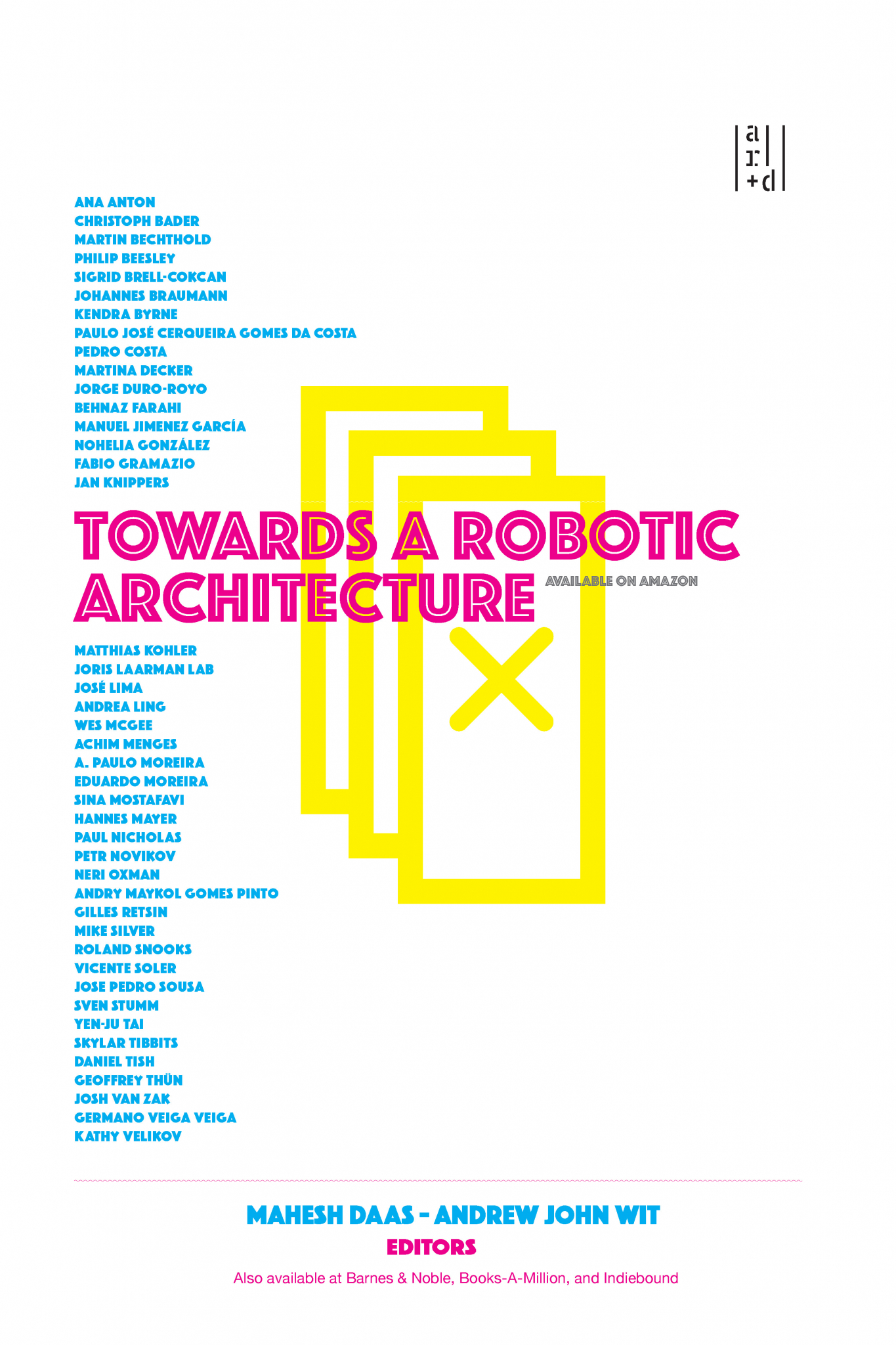Exploring Humanness and Architecture in the Age of AI and Robotics
By Dr. Mahesh Daas, DPACSA
President, The Boston Architectural College
ACSA Distinguished Professor & Past Chancellor of ACSA College of Distinguished Professors
Dear ACSA Colleagues,
Artificial Intelligence (AI) and robotics have become ubiquitous in our world, changing the way we live. The impact on society and our collective journey cannot be ignored, as discussions about their implications intersect with conversations about social justice, democracy, wars, and the uncertain future of humanity on Earth. The significance of these issues lies not just in their simultaneity, but in their interconnectedness, signaling a paradigm shift in our understanding of what it means to be human. This shift is explored in the upcoming novella, I, Nobot, which I co-authored with Andrew John Wit and designed by Nagesh Shinde.
This graphic novella, to be published by Oro Editions this fall, explores post-human themes through a captivating blend of fiction, poetry, and AI-generated illustrations. Our stories cover a broad spectrum of topics, ranging from love and relationships to the coming-of-age experiences of individuals—viewed through the prism of cities, design, and architecture. Set in cultural settings spanning Colombia, Japan, and India, our narratives reflect both hope and dystopia.

But the book is not just about exploring the post-human condition. It is a call to action, urging us to engage with the challenges and opportunities presented by the rise of AI and robotics, and to shape their development in ways that promote human values and interests.
We hope this book will encourage readers to embrace the unknown, unfamiliar, and existentially uncomfortable techno-cultural propositions by moving beyond the narrow confines of disciplinary bubbles and into an anti-disciplinary space.
Our work didn’t start with I, Nobot. We believe the rise of AI and robotics is fundamentally transforming the way we think about architecture, engineering, and construction. That’s why we edited Towards A Robotic Architecture (Oro Editions, 2018), a comprehensive overview of the field of architectural robotics, including four distinct sections: Framing Architectural Robotics, Robotectonics, Robotic Architectures, and Robotic Futures. We are honored the book was chosen as the Top Tech Book of 2018 by New York’s Architect’s Newspaper.
In addition to the book, you may also be interested in a keynote talk I delivered recently at the Indian Institute of Architects National Convention about construction robotics.
The Fourth Industrial Revolution, fueled by the rise of AI, robotics, and the Internet of Things, is transforming the construction industry—challenging its assumptions, practices, and processes. While previous innovations such as CAD, BIM, VR, and digital fabrication evolved from within or were absorbed adaptively by the industry, AI and robotics are disruptive movements originating from outside the industry, led by tech entrepreneurs from Silicon Valley and other global innovation hubs.
During my talk, I emphasized why architects should pay attention to AI and robotics while exploring the prospects, challenges, and opportunities these technologies present as well as implications for the future of architecture and construction. As the industry adopts AI and robotics in various ways, it is crucial for architects to understand their potential to revolutionize the field. I concluded with, “If we are not at the table, we will be on the menu,” highlighting the importance of architects’ involvement in shaping the industry’s future.

And yet, amidst all these technological advancements, we must remember what it means to be human. At the end of my talk, at the audience’s request, I recited one of my poems written for my mother on Mother’s Day. This poem is a reminder that amidst all the changes and uncertainties, love and compassion remain at the heart of human existence.
As we navigate this important discourse about what it means to be human in the age of AI and robotics, I invite you to engage with us through I, Nobot and my other works.

 Study Architecture
Study Architecture  ProPEL
ProPEL 